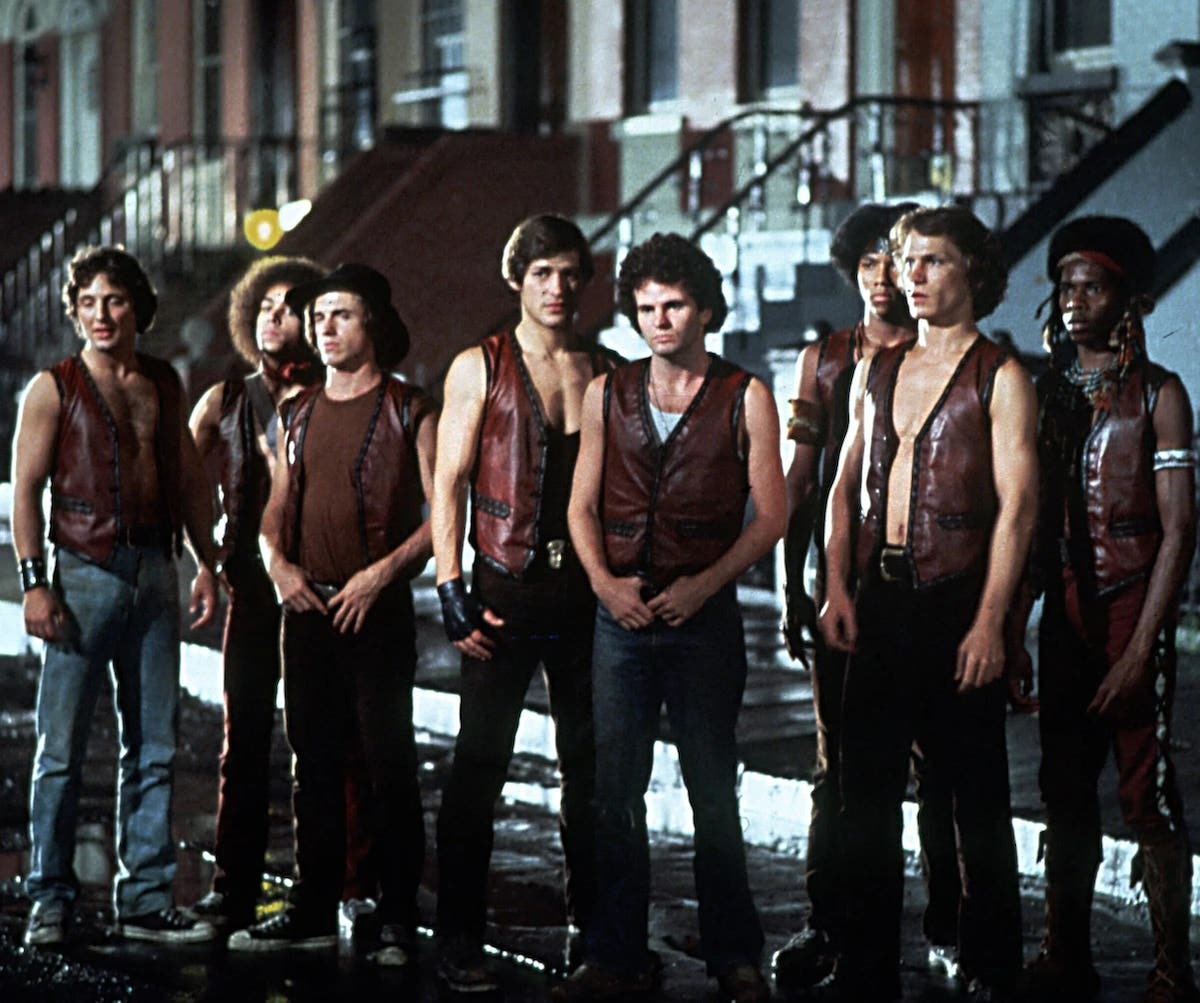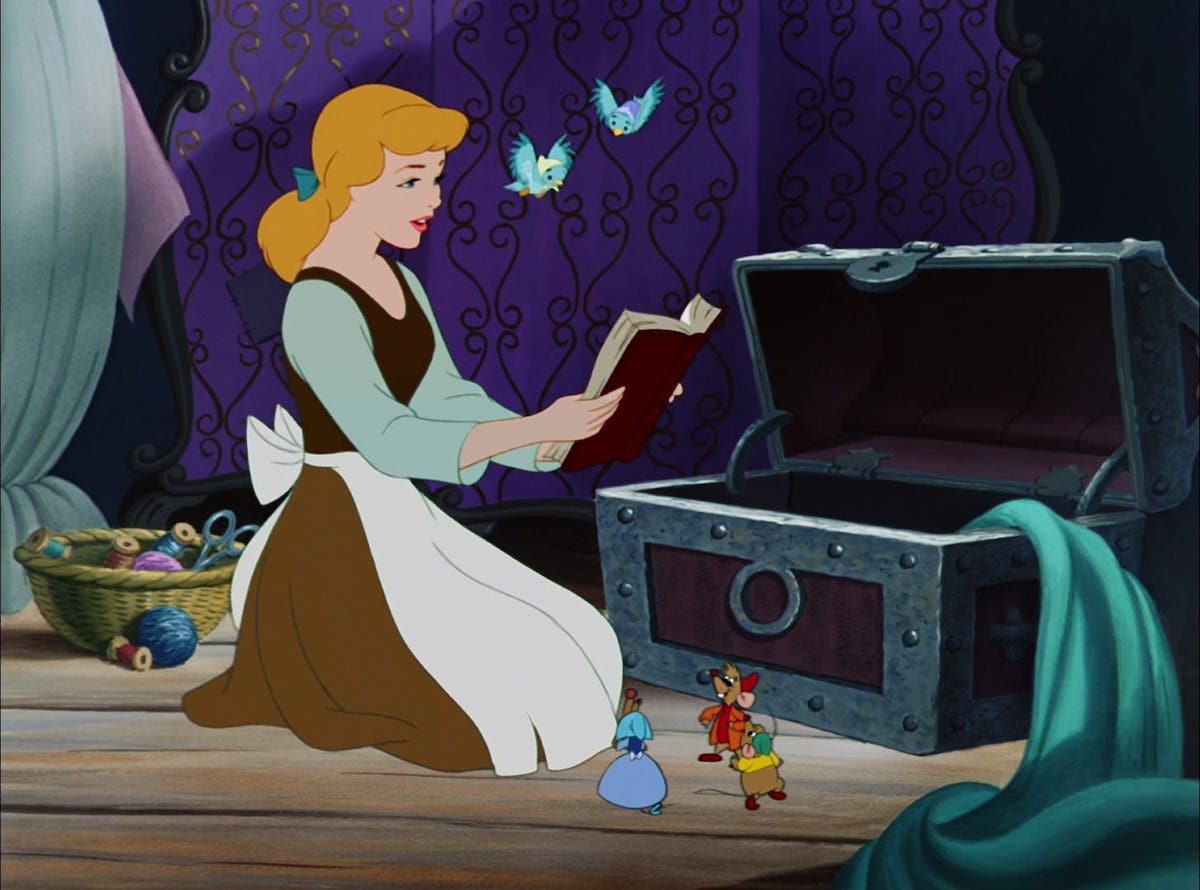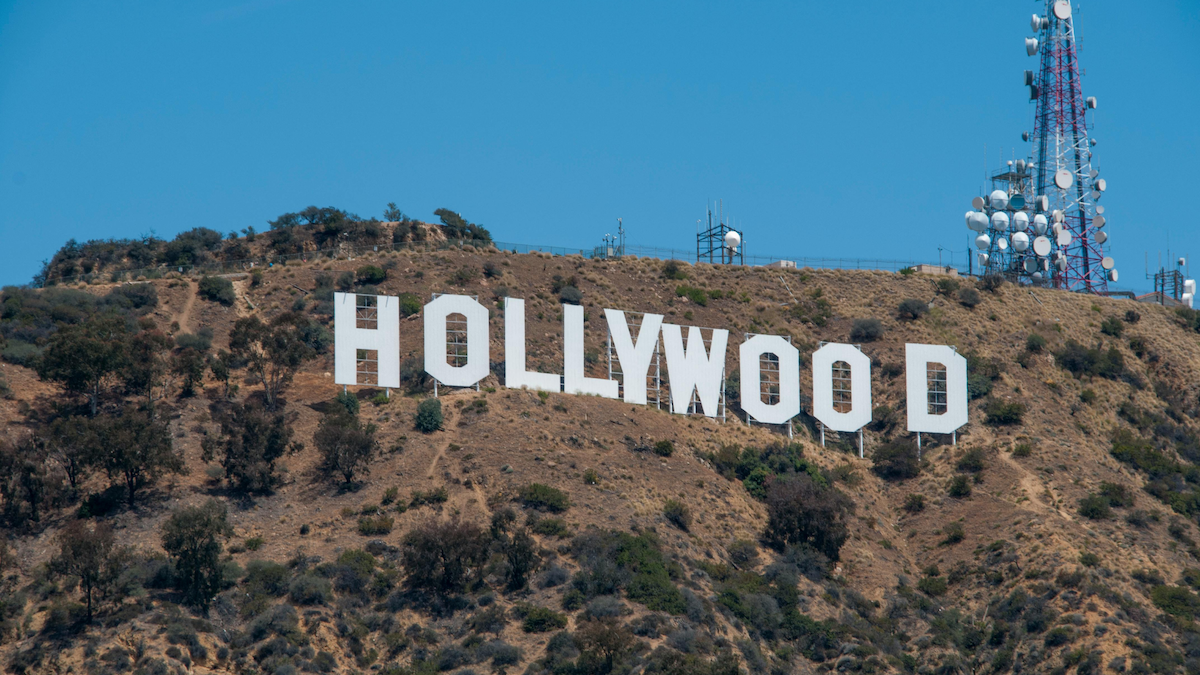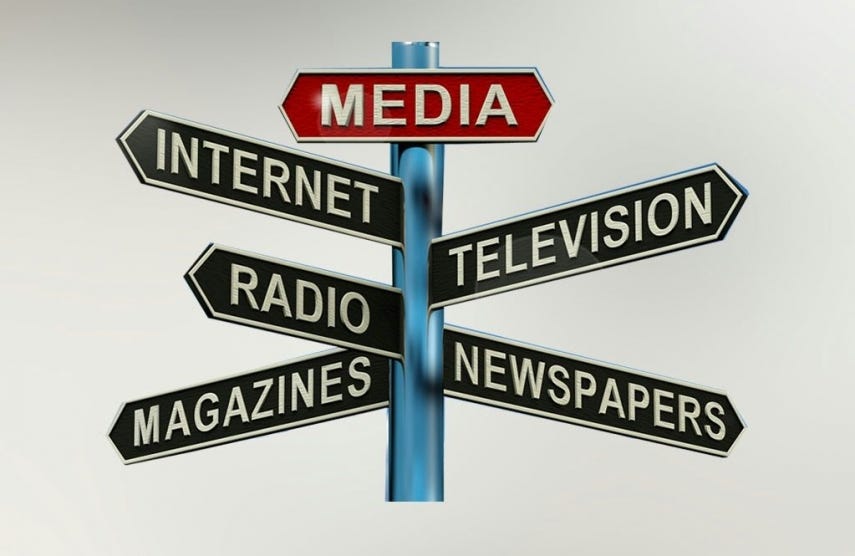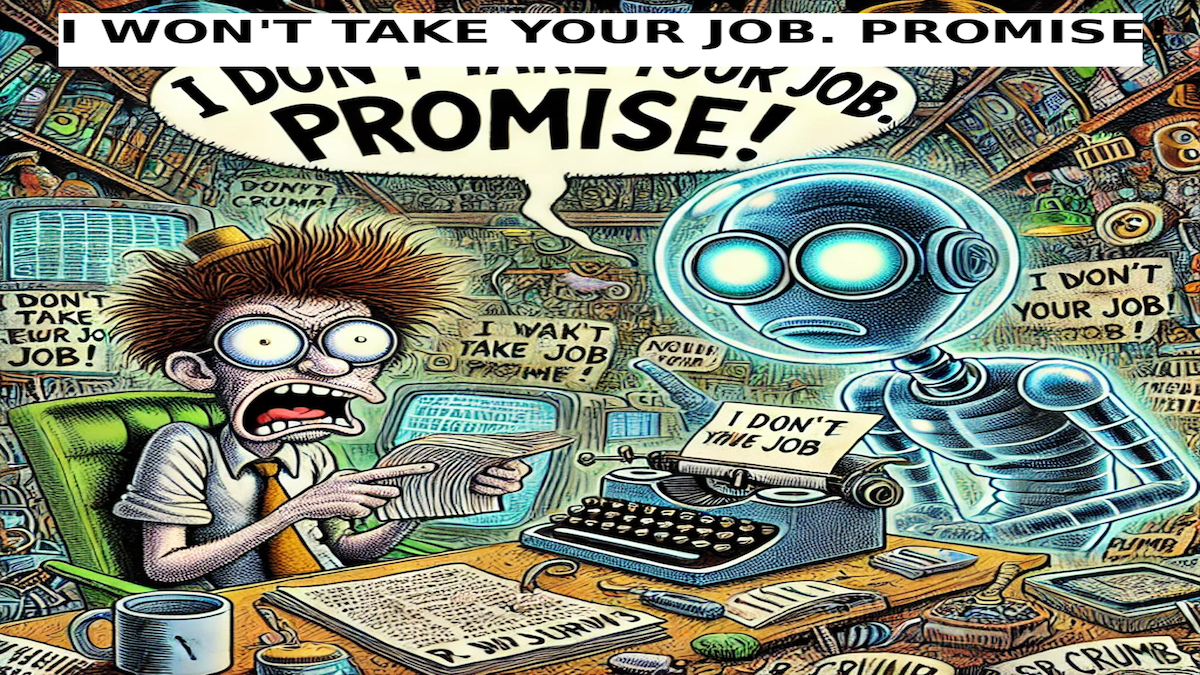LEGALLY SPEAKING, IT DEPENDS: Trademarks Defined
Christopher Schiller focuses on the role and impact of trademarks, what they are and aren’t, how they influence business and our every day lives.
Christopher Schiller is a NY transactional entertainment attorney who counts many independent filmmakers and writers among his diverse client base. Follow Chris on Twitter @chrisschiller.
Finally getting around to it after having had the subject weave itself in and out of numerous previous articles in this publication, it is time to write directly about trademarks. The subject is a big one, far too big for a single column, even in broad strokes. So I'll be splitting the subject into two parts. This column's focus is squarely upon the role and impact of trademarks, what they are and aren't, how they influence business and our every day lives. Once you have a solid understanding of how trademarks are pervasive in everything we experience and potential pitfalls they carry with them the second part in the series will focus on trademarks in film's various aspects and the problems encountered therein.
Aptly named, trademarks leave their mark on just about all aspects of our everyday lives. How to best deal with them in practice can determine whether the experience is rewarding or problematic.
Trademark (or trade mark) definition
A colloquial definition of this element could be phrased as
“An identifying device used in commerce to clarify for the consumer the source of the goods or services so marked.”
A distinction to be noted is that the mark is separate from the thing being marked. If the thing you want to protect is the mark itself, then you have to appeal to other areas of law (e.g. copyright.) Although there is a language and legal distinction in place for the various forms of marks, a trade mark – marking a good (think the swoosh on a Nike shoe,) and a service mark – marking a service provided (think the UPS van's logos and brown color,) in practice the difference is minimal from the consumer perspective. Both make the ties back to the manufacturer/provider/originator in the mind of the end user. I'll simplify references here and only use trademark to refer to either or both styles.
SIDEBAR: I'm assuming the personal convention of using the conjoined single word trademark for generic reference and the separated words trade mark or service mark to refer to specific instances. Whether the term should be one word or two is hotly debated by word nerds.
Trademarks become a big deal when they are used to differentiate one business' products from all others. In order to maintain that distinction a trademark is usually readily defended from infringement or dilution in the marketplace. They become powerful tools in commerce. And with all powerful tools, you have to be careful when encountering them or using them or they can seriously hurt you (or your business.)
What can be a trademark?
In theory, just about anything that can be used as a distinct indicator of the origin of a good or service could serve the purposes of trademark. That could be a color, a design, a logo, a slogan. In practice, the law has put some restrictions on what can qualify and how it can be or must be used to be enforceable.
Whatever achieves the goal of allowing the consumer to make the connection between what is in front of them and where it came from can serve as long as it meets certain criteria.
In very general terms those criteria are the mark is unique enough and distinct enough from common usage or application to stand out as an indicator or origin and not just what is expected. And that the originator continues to use the mark for such identification purposes continuously and prevents others from using it in a confusing manner.
Of course, nothing is that simple. something that is a fully empowered trademark in one place may be completely invalid as a trademark in another. Every jurisdiction has its own way of interpreting and enforcing trademarks, some more than one. Take the United States for example. It has at least two different ways of achieving trademark protection within the bounds of its laws.
Common law trademark (TM)
The easiest way to establish a trademark for a business is to do nothing. Nothing other than to use a mark in relation to your business consistently and for a long enough period for the market you serve to readily identify the mark and your business' connection to the products associated with it. This is called a common law trademark and is recognized by many state courts as a protectable entity as long as the business has taken strides in fully establishing it, using it and protecting its association with the narrow scope of business and marketplace where it is established. Some states require registrations of common law trademarks or some other formalities, so, look into the laws specific to your location.
It takes diligence and time as a business owner to establish and keep a mark viable for the business, but, it is probably the most typical form of trademark in commerce. Of course, if the business owner is lax or the potential infringer is unaware of the mark's associations the original owner could lose it. To help others become aware of a marks special purpose many business owners have taken to signifying its intent as a trademark by attaching a superscripted TM to the mark. The TM has no legal significance other than to let others know that the mark is claimed. It isn't a requirement to have a valid common law trademark but it does make it easier to prove that the public (and your competition) have notice of its use as such.
But a trademark could exist without these extra efforts. For example, it is quite likely that for the length of time and consistency of use that I've been establishing it, the phrase “Legally Speaking, It Depends” could qualify as a common law trademark in the category of column titles and if anyone else started up a column attempting to use that exact phrase as its title, I'd have lots of evidence and a pretty good case to bring in stopping them.
Registered trademark (®)
The more formal way of protecting trademark is by registering it with the government. That's done through the United States Patent and Trademark Office in the U.S. and in similar government institutions in other countries for their trademark registrations. This type of trademark protection is broader in scope, to the limits of the government's reach (mostly) and though costly and involved offers considerable advantages.
SIDEBAR: Word trademarks are particularly hard to register. Since we use words in everyday language there is a reluctance to remove common words from free use and only allow their use by one company. To register a word mark there are increasingly harder levels of approach that must rely on more and more established Secondary Meaning to succeed:
Fanciful or Inherently distinctive marks are made up words that have no meaning in the language. ex. Xerox
Arbitrary marks exist but have no meaning in the context of the trademark use. ex. Apple otherwise meaningless in computer terminology
Suggestive marks invoke an impression in the consumer's mind apart from the context. ex. Blu-ray
Descriptive marks are rare because they are describe the product and only are acceptable as a mark after long established consumer association.
And Generic Terms cannot be or can no longer be marks as described below.
Although not every attempt at registering a trademark will be approved, if you can get a trademark registered you have broad protections for its use and association with your company. For one, a registered trademark becomes valid throughout the jurisdiction of the granting body. That would be the whole of the United States and its territories for a USPTO registration. The only exceptions would be for any pre-existing similar trademark already established as a common law trademark in a particular marketplace. The common law trademark would still be valid as long as it is still used by the mark holder and only in the already established marketplace. Everywhere else in the U.S. the trademark would be the registered mark's domain.
Another protection comes from the registered trademark owners right (actually, a requirement of sorts) to affix the symbol ® to their trademark. This serves as immediate notice of the strength of protection held in the marking of the goods covered by that mark without the owner having as much trouble proving they've used the mark in commerce sufficiently to establish it's trademark-ness.
Although the benefits of registering a trademark are broad, they are not all encompassing. One limitation in registering a trademark is that the registration only applies to the categories selected (and paid for) when registering. International consensus settles on about three dozen different categories of goods for registering a trademark. This allows multiple parties to own the same trademark in non-competing industry markets. (This is why we have both United Van Lines and United Airlines with the same registered service mark UNITED.) As elaborated below, trademark owners must continue use of the mark within a registered category to maintain the protections in that line of commerce.
If common law trademarks are readily available, why bother with the expense and complexity of acquiring and maintaining a registered mark?
TM vs ®
There are differences between the protections granted by a common law and registered trademark.
In scope of coverage, a common law trademark only covers existing use specific to a current market. The neighborhood pub's “Pubby Pot RoastTM” might be tasty in the environs around the watering hole, but, if a college graduating patron takes the recipe back home with her and starts up her own restaurant in the new town, she could call the dish the same name and not be infringing the original trademark as long as there is sufficient separation between the two locals that no customers would get confused. Once a registered mark is established, no one could start up a business anywhere in the same category of registration using that name, even if the item so registered isn't available at that locale yet.
Registered marks can even be issued for short periods prior to actual use by filing an intent to use application. As long as the actual use comes along in short order, the mark can be protected. Common law marks are only protected from the time of established use as recognized by the customers (as a judge determines.)
Stoppage of use is also an issue. A common law trademark pretty much disappears when the original owner stops using it, or abandons the mark. For a registered mark, there is a tolling, or grace period where an unused mark could be revived if there is an intent to begin using it again, soon. But a registered mark can be lost as well.
There are legal protections that also slide alongside trademark protections with the same goal of protecting consumers from confusion or dilution of marks (such as the Lanham Act.) These are theoretically applicable equally to both common law and registered trademarks, but, your mileage may vary.
Trademarks versus logos, brands slogans and the like
You may be wondering what is the difference between a trademark and a logo or company brand, slogan or similar? Sometimes, there is no difference because the company has registered or uses the unique identifier as a mark for their goods or services. But it isn't always the case. And some instances wouldn't qualify. The big, yellow circle happy face created by Harvey Ball, for example. It was used in a short-lived marketing campaign for a bank and was never pursued as a trademark for the company that commissioned it. It is certainly a world recognizable symbol, but, it isn't a trademark in the U.S. where it was first used. (If you go to France there may still be someone who argues differently, which proves that internationally, trademark is complex and as always, it depends.)
Whether something is used as a trademark and gets protections as such depends on a lot of things. The most important one is, use.
Importance of use
It seems like a simple thing, to keep a trademark one must use it. But the practice takes diligence and attention to detail. For one, you must use the mark more than once. This is why a single film novel cannot trademark its title. There needs to be a series of goods in the marketplace for the mark to make an impact in the consumer's mind and therefore warrant special protections.
The use must be continuous and in proper association with the good or services being marked. Any gap in the continuity of use could be judged to be an abandonment of the mark and it would lose its protectability. How long can a trademark last? As long as it is used it can retain it's protections. For example, the musical cymbal maker Zildjian has been continuously using its distinctive and recognizable mark since 1623.
In fact the only factor that can disrupt a legitmate trademark's use being sufficient to retain protections is if the mark's owner fails to protect the mark's association with the product producer in the mind of the consumer. That threat can come from two opposite directions.
Dilution can weaken the mark's association if the mark owner isn't vigilant and allows others to use the mark in ways that aren't properly associated with the mark. This is one reason that trademark owners vigorously pursue litigation for improper trademark uses. Take for example, when a cake bakery creates unlicensed Disney character cakes the corporation cannot monitor the quality (a key protection element of trademark) and a droopy eared Mickey could lessen the recognizability of the marks involved to the point of making the mark dissociative.
The opposite can happen when a trademark owner works too well in establishing the trademark in the minds of the consumer through marketing, advertising and the like. The risk here is generification or the point where the consumer so associates the trademark not with the particular manufacturer but with the product in general. This has happened to previous trademarks which have fallen to equate to the generic term of their products. Examples here are aspirin, elevator, granola and ping pong. This is why Google fights so hard from its brand being used as a generic term for looking something up on the Internet. Once a mark becomes generic in a territory it stays there (though may still be protected as a trademark in other jurisdictions.)
When next we meet
Now that we've established the bare minimum understanding of how trademarks permeate our lives, we'll move on in part two to how trademarks are handled in film.
- More articles by Christopher Schiller
- Breaking & Entering: The Audience is Listening
- Legally Speaking, It Depends: Agreements – Demystifying Contracts
Screenwriter Contracts DecodedUnderstand Common Screenwriting Contract Terms so
You can Sign Your Contract Confidently
Christopher Schiller is a NY transactional entertainment attorney who counts many independent filmmakers and writers among his diverse client base. He has an extensive personal history in production and screenwriting experience which benefits him in translating between “legalese” and the language of the creatives. The material he provides here is extremely general in application and therefore should never be taken as legal advice for a specific need. Always consult a knowledgeable attorney for your own legal issues. Because, legally speaking, it depends... always on the particular specifics in each case. Follow Chris on Twitter @chrisschiller or through his website.

